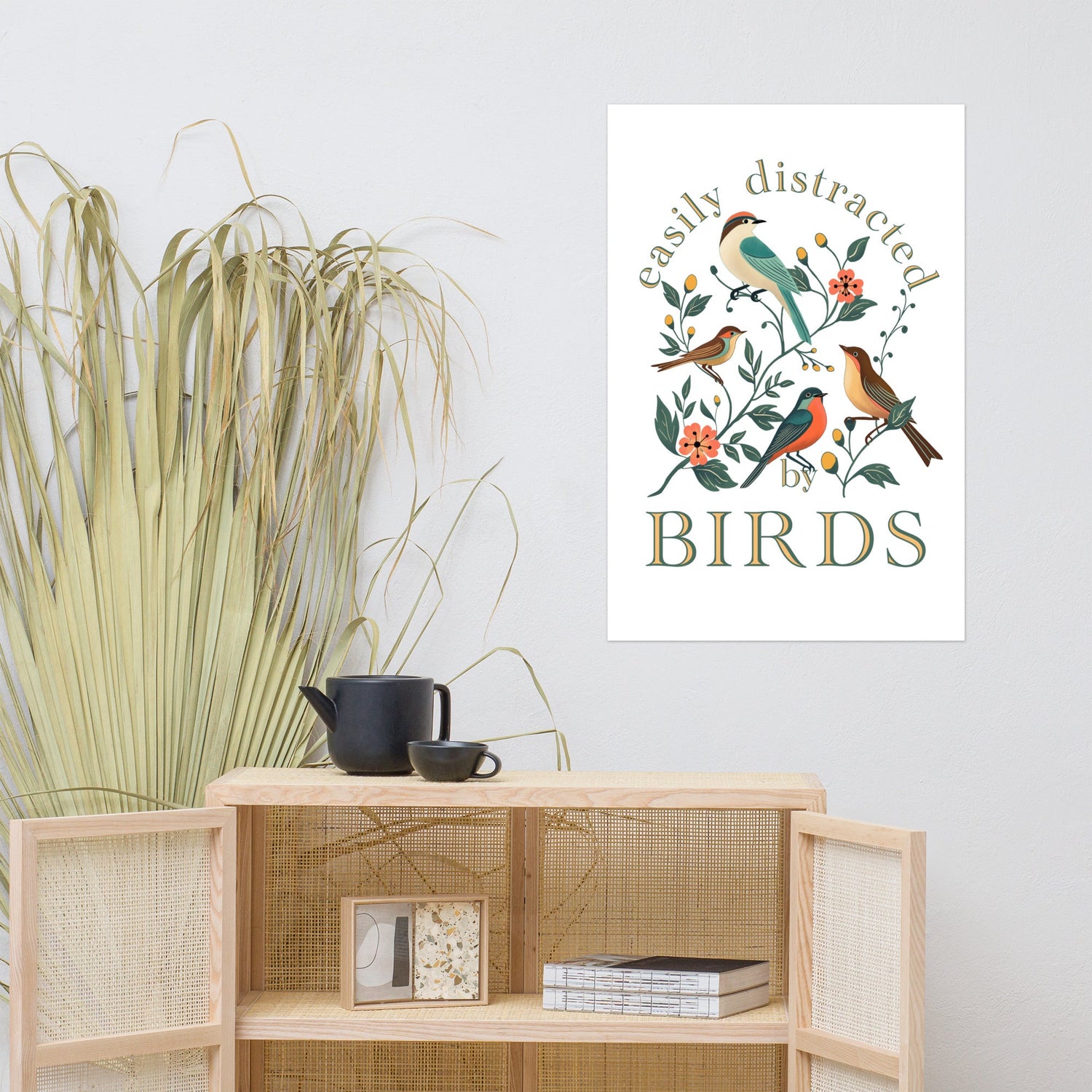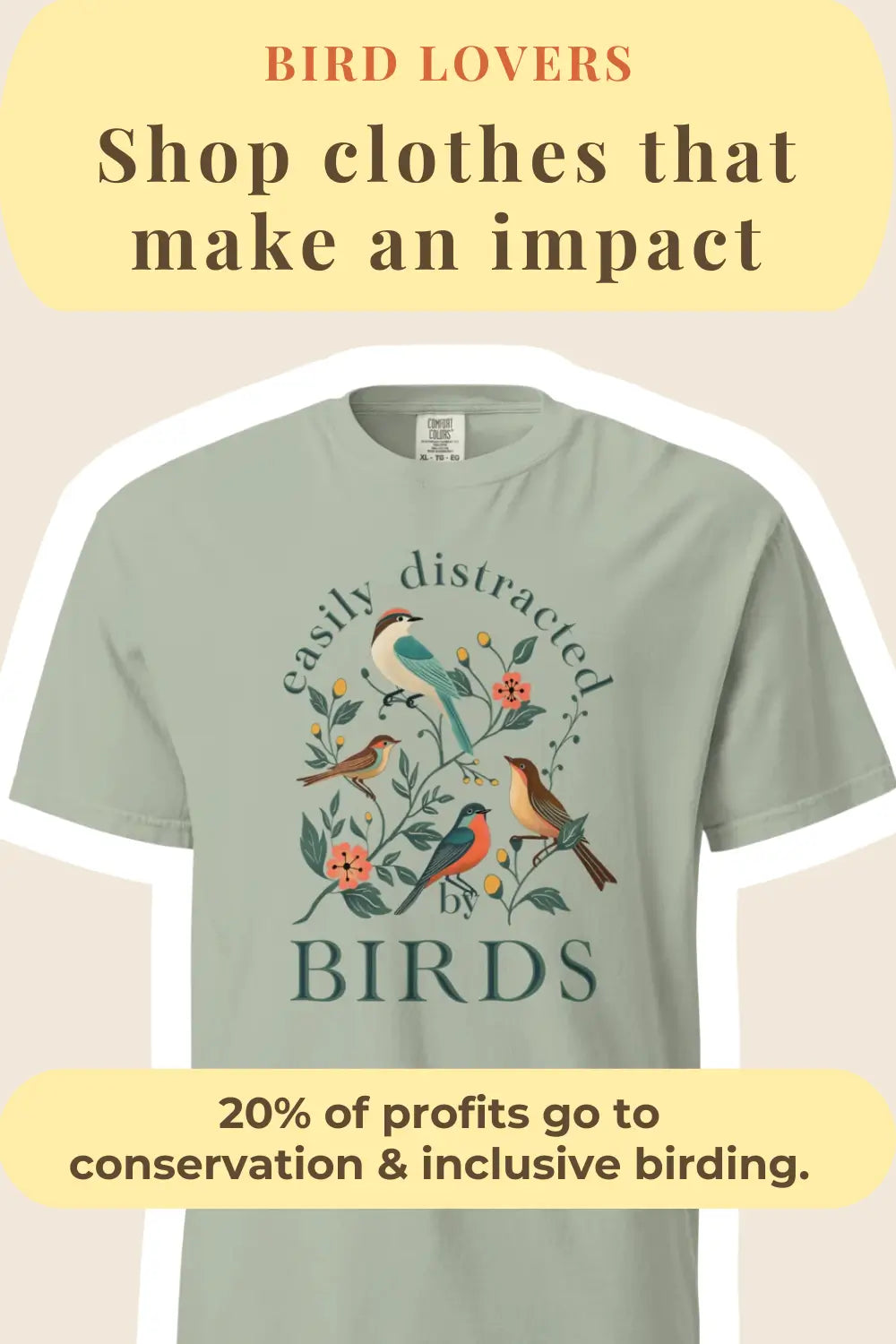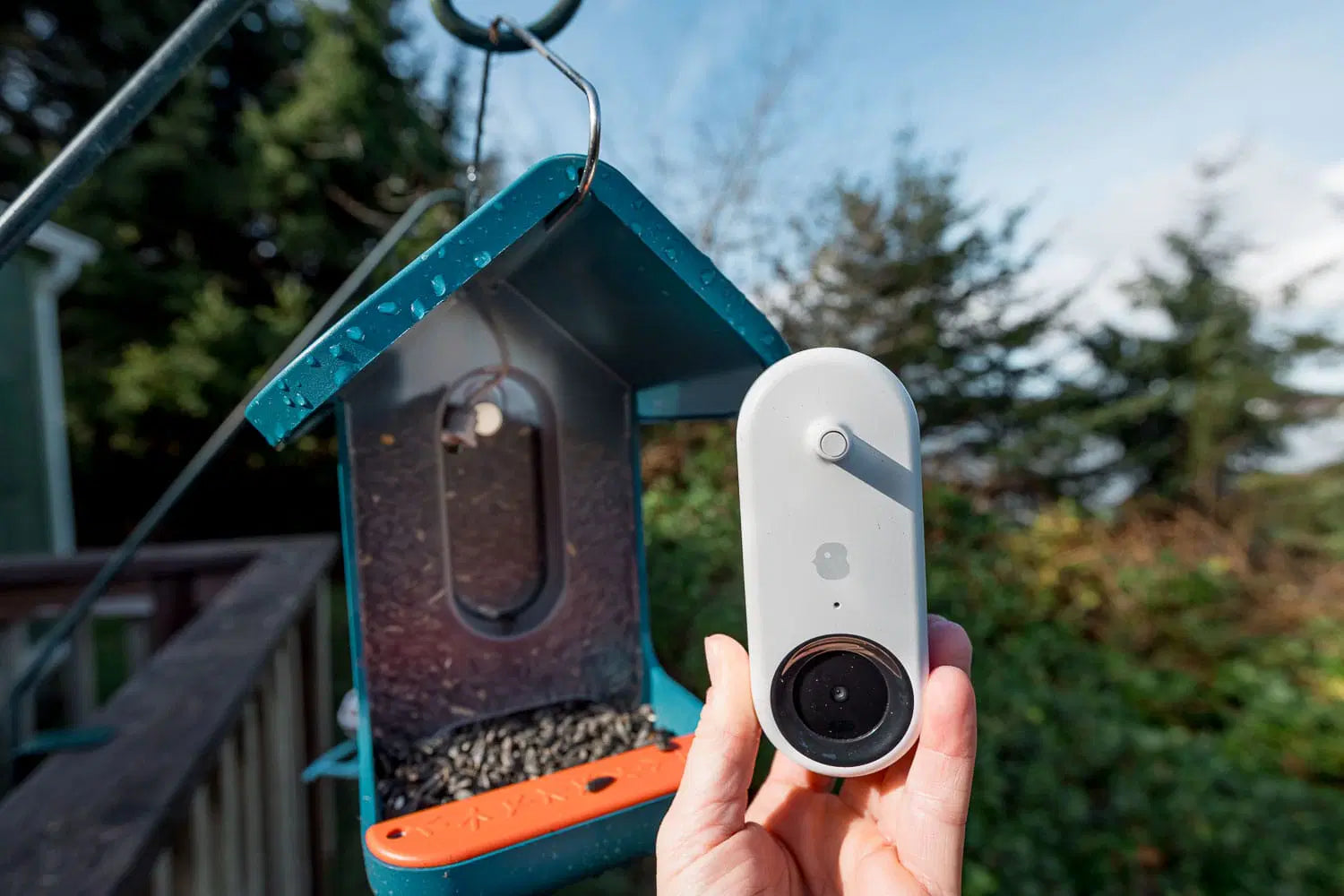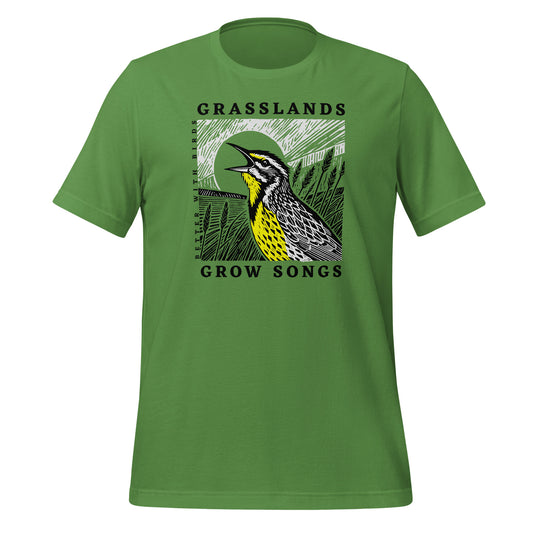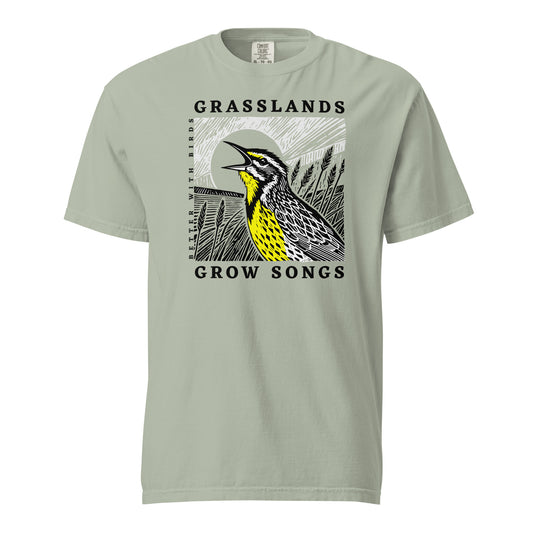Best Binoculars for Birding (2025)
Feature photo: 4thebirds/Shutterstock
Birding Gear , Binoculars & Scopes
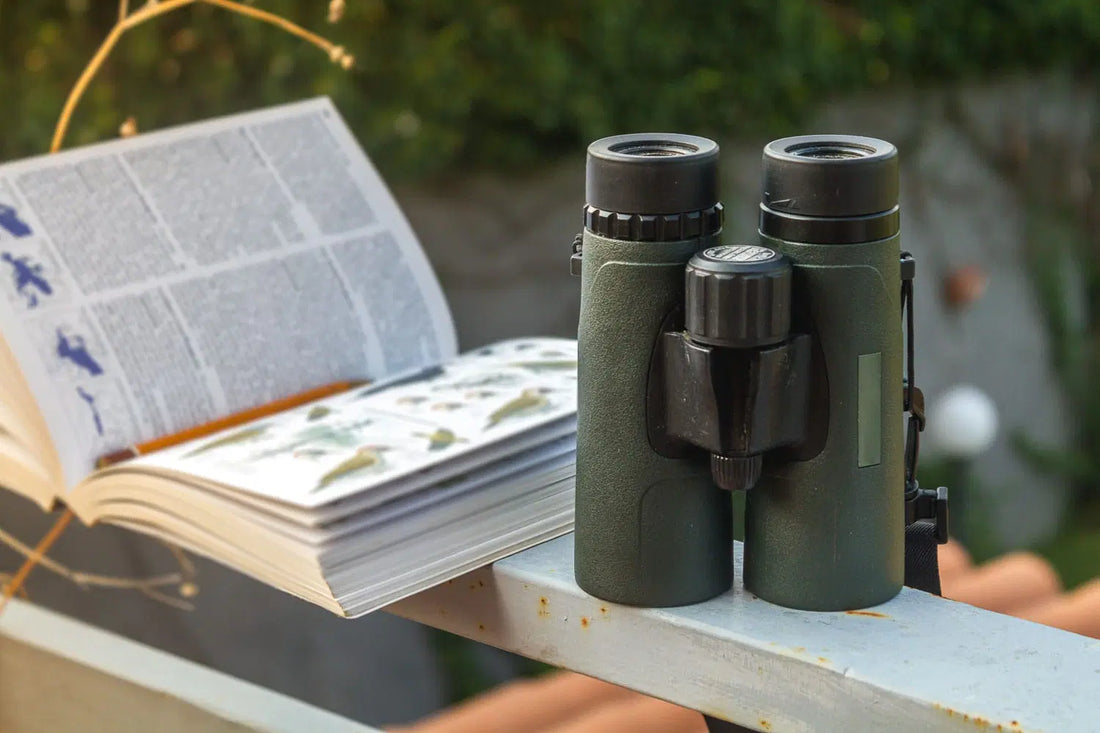
This post contains affiliate links. If you use these links to buy something, we may earn a commission at no additional cost to you. We only recommend products we fully support or use ourselves. Our full disclaimer
PIN THIS FOR LATER
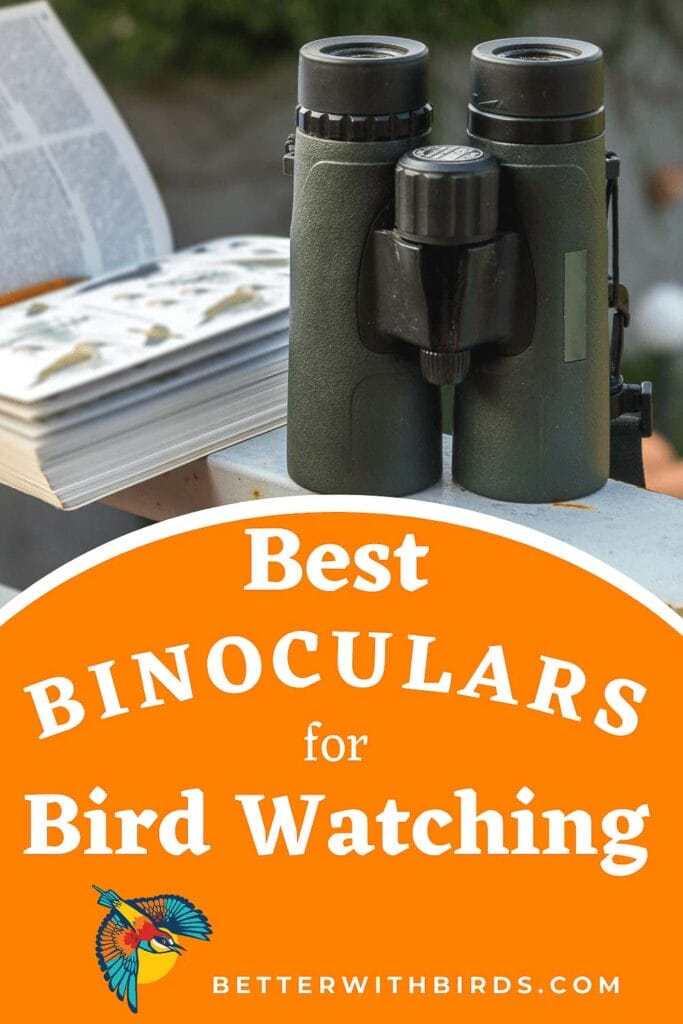
Contents
Seeking the best binoculars for your bird watching adventures? This guide provides a no-nonsense comparison of the top binoculars in the market, ensuring you can focus on feathers, not frustration.
Discover which binoculars offer the sharpest views, most comfortable fit, and greatest value—whether you’re a casual observer or a dedicated twitcher.
Our Picks at a Glance
Best for Premium Quality: Zeiss Victory SF 10×32
Best Value for Money: Celestron TrailSeeker 8×42
Best Budget-Friendly Pick: Nikon Aculon A211 10×42
Best for Superior Optics: Nikon Monarch HG 8×42
Best for Compactness: Kowa YF II 6×30
Best for Low Light Birding: Celestron Nature DX 12×56
ZEISS Victory SF 10×32 – A Premium Choice for Birders
- Superior optical quality
- Ergonomic design for comfortable handling
- Ample eye relief for eyeglass wearers
- Smooth and precise focusing mechanism
- Higher price point may not suit all budgets
If you’re the kind of birder who refuses to compromise on quality, the Zeiss Victory SF 10×32 is your premium pick. These binoculars deliver an unparalleled viewing experience with a wide, bright, and razor-sharp field of view.
The ergonomic design ensures that your hands won’t tire out during those marathon birdwatching sessions.
Eyeglass wearers, rejoice! The generous eye relief means you can enjoy a comfortable view without taking your specs off.
The focusing mechanism is another highlight, offering smooth and precise adjustments so you can quickly zero in on your feathered subjects.
Yes, the price tag is hefty, but for the serious birder, the Zeiss Victory SF 10×32 is worth every penny.
BEST PRICES
Celestron TrailSeeker 8×42 – Exceptional Value for Money
- Sharp and bright image with a wide field of view
- Comfortable handling and smooth focus wheel
- Lightweight design for enhanced portability
- Slight blurring at the edges
- Less brightness compared to models with ED coating
Exceptional value is a standout characteristic of the Celestron TrailSeeker 8×42. The sharp and bright image quality, coupled with a wide field of view, makes it ideal for birding.
However, some users have noted slight blurring at the edges and less brightness compared to models with ED coating.
Its ergonomic design, smooth focus wheel, and lightweight build make it a joy to use, even for extended periods. Plus, the included accessories—like the harness and neck strap—add to the overall comfort.
For birders seeking the sweet spot between cost and performance, the Celestron TrailSeeker 8×42 is a solid choice.
BEST PRICES
Nikon Aculon A211 10×42 – The Budget-Friendly Pick
- Favorable balance between quality and cost
- Individual eyepiece adjustments for eyeglass wearers
- Suitable for a variety of activities
- Certain limitations for bird watching compared to more specialized models
Offering good performance without compromising on budget, the Nikon Aculon A211 10×42 is a smart pick. It offers a favorable balance between quality and cost, making it a smart choice for casual users.
Moreover, it’s well-suited for enthusiasts with glasses thanks to individual eyepiece adjustments.
On the downside, the Nikon Aculon A211 10×42 is relatively heavy for birding binoculars, which could lead to fatigue if you’re staring for ages at those warblers. It also has a narrower field of view compared to some other birding binoculars, which makes it a little harder to spot and track birds in motion.
While the Nikon Aculon A211 10×42 binoculars are a good budget option for general use, these limitations can be significant for dedicated birdwatchers who need more advanced features for their birding adventures.
But if you’re on a tight budget but still want a decent pair of binoculars, this option is well worth considering.
BEST PRICES
Nikon Monarch HG 8×42 – Superior Optics for Birdwatching
- Superior optical quality on par with premium models
- Excellent handling for comfortable use
- Higher price point isn't great for tight budgets
For birdwatchers who won’t settle for anything less than top-tier optics, the Nikon Monarch HG 8×42 is a stellar choice. These binoculars offer optical performance that’s comparable to premium models like the Zeiss Victory HT or Swarovski SLC.
Plus, their excellent handling makes them a pleasure to use out in the field.
While they do come with a heftier price tag, the superior optics and user-friendly design make the Nikon Monarch HG 8×42 a worthwhile investment for serious birders.
If capturing crisp, detailed images of your feathered friends is your goal, these binoculars won’t disappoint.
BEST PRICES
Kowa YF II 6×30 – Compact Companion for Birders
- Exceptional optical performance with clarity and brightness
- Compact and lightweight design for enhanced portability
- Lower magnification than other models
The Kowa YF II 6×30 packs a punch in a small package. Users rave about its clarity, brightness, and near edge-to-edge sharpness, making it a fantastic choice for birdwatching.
Its compact and lightweight design also means you can easily take it on the go.
While the lower magnification might not be ideal for spotting birds from afar, the overall optical performance and portability make it an excellent value.
If you need a compact binocular that doesn’t skimp on quality, the Kowa YF II 6×30 is definitely worth considering.
BEST PRICES
Celestron Nature DX 12×56 – Best for Low Light Birding
- Excellent performance in low-light conditions
- High magnification for detailed viewing
- Heavier weight may be cumbersome for extended handheld use
The Celestron Nature DX 12×56 is a game-changer for twilight birding. These binoculars excel in low-light conditions, providing great shadow penetration when birdwatching during dawn or dusk.
Yes, they are on the heavier side, which might make extended handheld use a bit tiring. However, if you’re all about birding in low light, the performance and clarity of the Celestron Nature DX 12×56 make them an excellent choice for those magical twilight hours.
BEST PRICES
What to consider when buying birding binoculars
Choosing the perfect pair of birding binoculars isn’t just about grabbing the highest magnification or the biggest lenses you can find. It’s about striking the right balance between several key factors that will significantly enhance your birdwatching adventures. Let’s break it down.
Understanding magnification and objective lens diameter
Magnification is crucial—it helps you spot birds and admire them in stunning detail. But high magnification alone won’t cut it. You also need to consider the objective lens diameter. This determines how much light enters the binoculars, which is especially important for those early morning or late evening birding sessions.
The goal is to find a balance between magnification and lens diameter. A good balance ensures you get a wide field of view and can focus quickly, minimizing any field distortion. Look for binoculars that are rugged and lightweight, suitable for use with or without glasses.
Importance of lens and prism quality
Crystal clear images come from high-quality lenses and prisms. Opt for binoculars with fully multicoated lenses and phase-coated BaK-4 prisms, preferably made from Japanese eco-glass. These features boost light transmission, enhance clarity, and ensure true color representation—key for identifying those subtle bird markings.
Porro Prism vs. Roof Prism Binoculars: What’s the difference?
When it comes to choosing binoculars, you’ll often come across two main types: Porro prisms and roof prisms.
Porro prism binoculars have a distinctive zigzag shape due to the offset light path, resulting in a wider and bulkier design. They generally offer superior depth perception and a wider field of view, providing a brighter image at the same magnification and objective lens size due to better light transmission.
Plus, they are typically more budget-friendly, making them a great choice for birdwatchers looking for high performance without breaking the bank.
However, their larger size and weight can make them less convenient to carry, and they tend to be more susceptible to misalignment and damage.
On the flip side, roof prism binoculars feature a sleek, straight-line design where the eyepieces and objective lenses are aligned. This construction makes them more compact and lightweight, perfect for birdwatchers who are constantly on the move.
Modern roof prism binoculars, with advanced coatings like phase correction, offer excellent image quality that can rival or even surpass Porro prisms.
Although they are generally more expensive due to the complex manufacturing process, their durability and portability make them ideal for serious birdwatchers who venture into various environments.
Choosing between the two ultimately depends on your priorities—whether you value the classic, brighter view of Porro prisms or the rugged, streamlined convenience of roof prisms.
Additional features to consider in birding binoculars
Beyond magnification and lens quality, keep an eye out for these handy features:
- Eye Relief: At least 16mm for comfort, especially if you wear glasses.
- Twist-Up Eyecups: Adjustable for personalized comfort.
- Focusing Mechanisms: A single, easy-to-use focusing knob and diopter adjustments for vision differences.
- Weather Resistance: Waterproof and nitrogen-purged to prevent fogging.
- Built-In Tripod Mount: For added stability during long birding sessions.
Frequently Asked Questions
Why is magnification important in birding binoculars? Magnification makes it easier to spot birds and observe them in detail, enhancing your overall birdwatching experience.
How does the objective lens diameter affect viewing quality? The diameter impacts the amount of light entering the binoculars, which is crucial for clear viewing, especially in low-light conditions.
Why is the quality of lenses and prisms important in binoculars? High-quality lenses and prisms deliver sharper, clearer images, allowing you to see fine details and true colors.
What additional features should I consider when selecting birding binoculars? Look for eye relief for comfort, weather resistance for durability, and easy-to-use focusing mechanisms to enhance your birding experience.
How does the weight of the binoculars affect the birdwatching experience? Lighter binoculars reduce fatigue during extended use, making your birdwatching sessions more enjoyable and comfortable.
